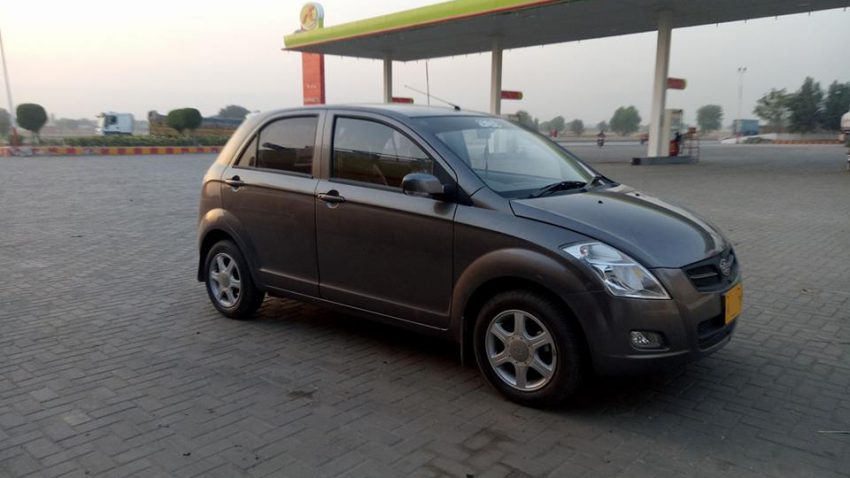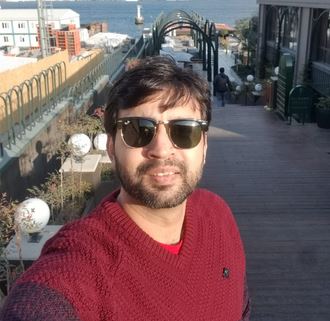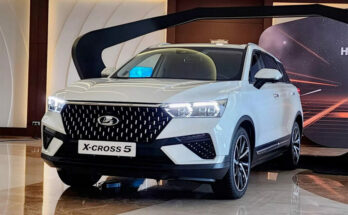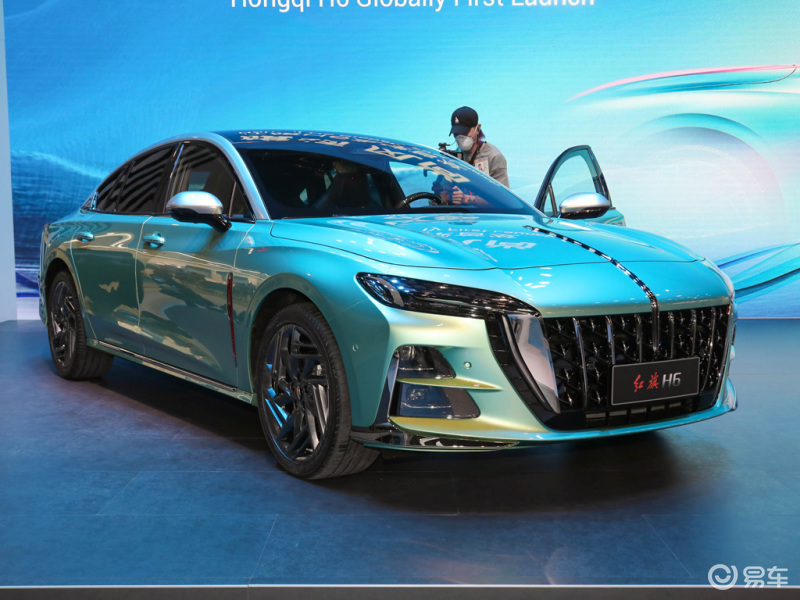“The question is not what you can buy, but what you can keep running.”
The rumors about FAW V2 discontinuation have been doing the rounds for months and they have now been confirmed. Al-Haj Automotive has stopped the production of V2. While discontinuation is inevitable for all manufacturers and models, FAW V2’s meager presence outside China and Pakistan makes it a cause for alarm for its existing owners.
While new parts are still available, it is likely that soon OEM will stop making parts and the supply will run out. Also, unlike other Japanese cars which are sold in Japan and other East Asian markets, V2 owners cannot rely on a steady flow of used or ‘kabuli’ parts from foreign destinations because the car is not sold there. There is light at the end of the tunnel though.
Related: Is it the End of FAW Passenger Cars in Pakistan?
The situation is not as bad as it sounds. Unlike other discontinued cars like the Fiat Uno, Kia Spectra or Proton Gen2, FAW V2 is actually based on Toyota’s technology. Because FAW has been making Toyota licensed cars in China for decades, a lot of the Toyota technology and designs have trickled down into the FAW branded cars and V2 is one of the beneficiaries. The parts which V2 shares with Toyota cars include almost all mechanical and electrical components which also happen to the ones that go through the most wear and tear.

Here is a list of common cars that share their parts with FAW V2. The list is presented here for the assistance of existing V2 owners or aspirants who are anxious about its future maintainability:
Suspension:
V2 shared all of its suspension parts with Toyota Passo 2016+ model. The steering noise that the V2 is most notorious about, has been inherited from the Passo as both cars have the same issue. Many existing V2 owners have replaced their steering columns and other suspension parts with Toyota Passo successfully and have been running their cars without issues. Because local mechanics have now developed enough skill to replace and handle Toyota Passo, they not require any training to handle V2 when it starts showing up at their doorsteps.
Drivetrain:
The engine present in V2 is derived from the 1.3L version of engine that comes in Toyota Vitz and other Toyota cars in China. Owners should be able to, if required, swap the Vitz engine with the 2SZ-FE model that Toyota manufactures. The gearbox, clutch-set and all drivetrain components are also compatible with Vitz and comparable Toyota cars. There are examples where owners have used Japanese Vitz clutch-set in V2 and have been running their cars with them.
Brakes and Standard Maintenance:
The car uses air filter from Daihatsu Storia/ Toyota Duet, shares the oil filter with Hyundai Santro, brake pads and shoes with Daihatsu Charade. One can swap their brake cylinder with either that of Toyota Corolla or Suzuki Swift. Furthermore all the car’s sensors and electronics are also shared with Toyota or Daihatsu cars.

Since most of the above cars are market cars, these parts are abundantly available all across the country (both new and as used items). While external body-parts are different and not shared with other cars, there’s plenty of capability in the local fabrication industry and it is only a matter of time when parts like lights, fenders and sheet metal moulds will be available.
Related: Is FAW V2’s Time Over?
To conclude, though the news about discontinuation of V2 may be troubling, the situation is not as bleak as some will have you believe. Unfortunately, there’s a developing tendency of panic selling with devaluates user’s assets. This article will hopefully ease some of those nerves. Do let us know about your experience regarding parts sourcing for FAW V2.

Laraib is a petrolhead whose life would be empty without cars and computers.




